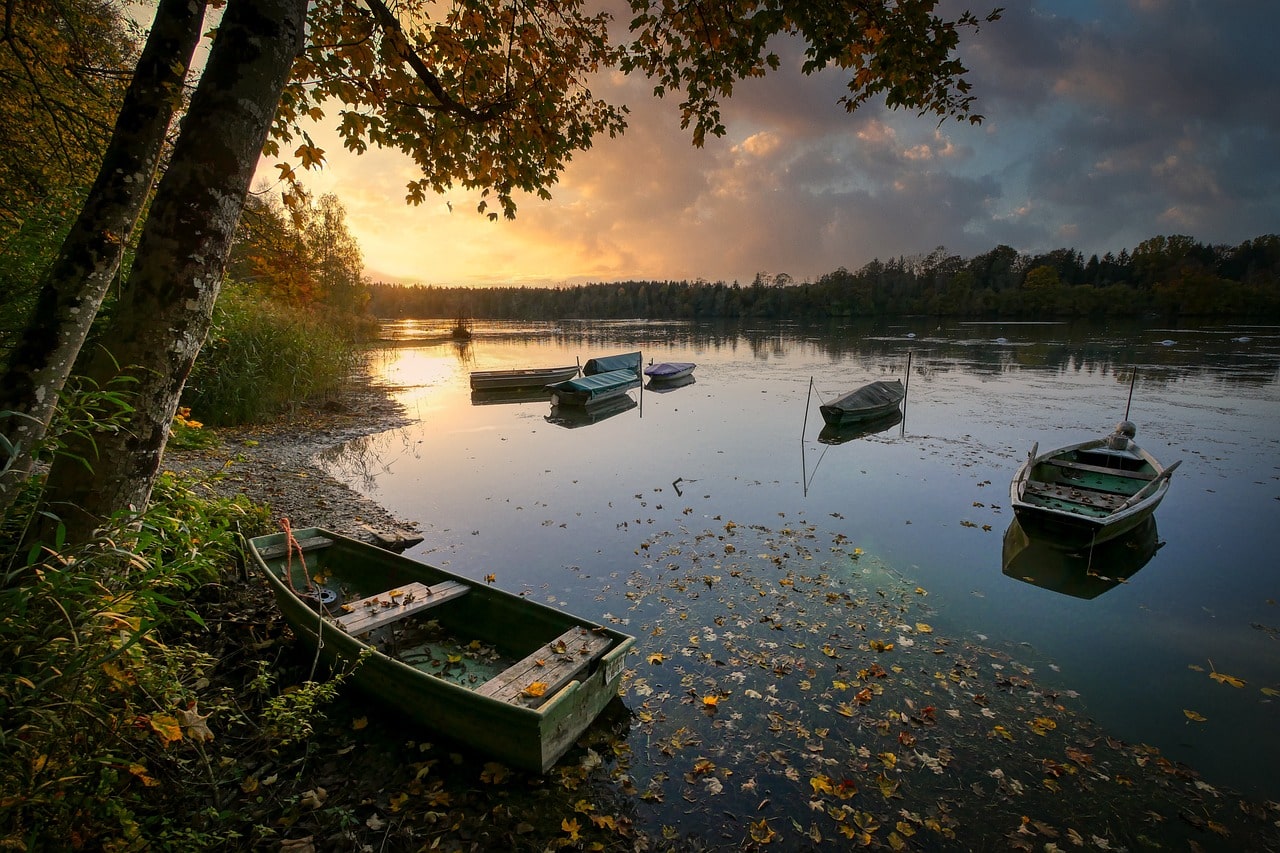Groups of pelicans, grebes, and ducks gather in clusters and float atop the shimmering waters of Lake Kerkini in Central Macedonia, located in the northern region of Greece. Along the lake’s edges, elegant flamingos and storks delicately wade, their slender legs gracefully lifting as they fish, occasionally accompanied by the majestic great white egret. With a sky filled with winged creatures as far as one’s eyes can reach, Lake Kerkini emerges as a haven for bird enthusiasts. Known by the locals as Limni Kerkinis, Lake Kerkini is a reservoir artificially created in the early 1920s. In those times, a wave of Greek and Armenian refugees, numbering around 85,000, sought refuge near the vicinity of Lake Kerkini after fleeing from Turkey. The area, encompassing two lakes – Kerkini and Achinos – and vast wetlands, was prone to recurring floods, rendering agricultural activities impossible. The marshy lands provided a breeding ground for malaria-carrying mosquitoes, leading to the tragic loss of 20% of the refugees within a short span. This dire situation prompted the Greek government to take action.
The original Lake Kerkini was created by building a dam to redirect the flow of the Strymon River, turning it into a reservoir for agriculture and storage. Subsequently, Lake Achinos and certain adjoining wetlands were drained as part of the restructuring effort, resulting in the expansion of Limni Kerkinis. Throughout the following five decades, Lake Kerkini underwent multiple modifications in its size and capacity. The barriers were raised, and the lake’s surface area expanded correspondingly. In 1982, a new dam and embankment were established at Lithotopos, elevating Limni Kerkinis to its present dimensions. Lake water levels fluctuate considerably throughout the year, varying between 12,726 surface acres and 18,385 surface acres. The lake typically begins to refill in late winter and continues to do so until early summer, when the water is gradually released for agricultural purposes. While the adjustments brought significant improvements to the area’s human inhabitants, the varying water levels, with depth fluctuations of up to 14 feet, posed challenges for the birds, wildlife, and plants dwelling near the lake. Lake Kerkini is a pivotal avian habitat in Greece, hosting more than 300 documented bird species. Positioned along the migratory route for birds journeying to destinations like the Aegean Sea, Balkans, Black Sea, and Hungarian Steppes, it serves as a crucial over-wintering site for species such as the pygmy cormorant and the globally threatened Dalmatian pelican. Designated as part of a National Nature Reserve and acknowledged as a Wetland of International Importance by the RAMSAR Convention, Lake Kerkini holds a distinguished status among just ten sites in Greece. Encircling paths offer birdwatchers access to the lake’s diverse avian population, making it a favored destination for birding enthusiasts who consider it one of the prime birdwatching spots in Greece, with tens of thousands of birds inhabiting and frequenting the area year-round. The distinctive outline of Lake Kerkini stretches approximately ten and a half miles in length and slightly over three miles in width. Nestled within the Serres Prefecture in Central Macedonia, northern Greece, it lies 29 miles from Bulgaria. Several quaint villages dot the vicinity, among which Kerkini stands out as the home of the informative Kerkini Wetland Information Center.
Meanwhile, the Lake Kerkini Center for Ecotourism is situated in Lithotopos. A picturesque road links the villages of Kerkini and Lithotopos, meandering along the shoreline of Lake Kerkini. Visitors can rent boats in select villages, making kayaks and sailboats a delightful option for exploring the enchanting waters of Limni Kerkinis. There are a variety of lodging alternatives in the area, from quaint holiday villas and vacation rentals to warm guesthouses and hotels. Local fishermen partake in the waters alongside the avian inhabitants, competing for the lake’s diverse fish stocks, including carp, roach, European chub, asp, bleak, Macedonian vimba, Wels catfish, and European perch. Traditional taverns offer delectable fish dishes, incorporating the region’s renowned buffalo and milk cheese delicacies. Limni Kerkinis serves as a moving reminder of the complex interactions that exist between human activity and the environment. What once started as a reservoir to support agricultural endeavors has evolved into a vital resource for avian species and travelers who converge to witness the spectacle. Through a delicate equilibrium and dedicated stewardship, Lake Kerkini has garnered international recognition for its ecological significance, which is globally and locally cherished by those whose livelihoods are intertwined with its existence.

